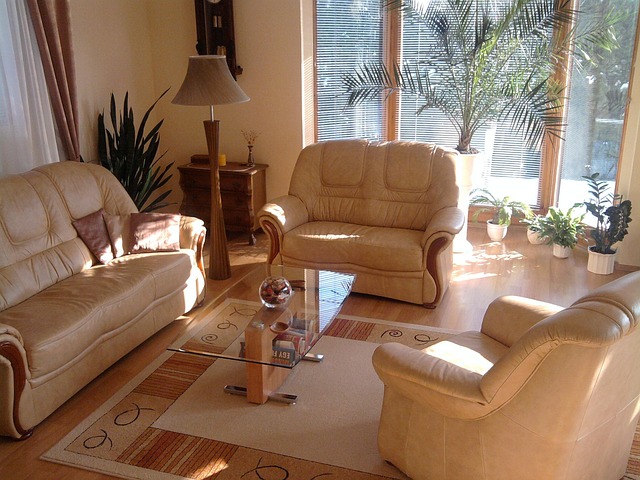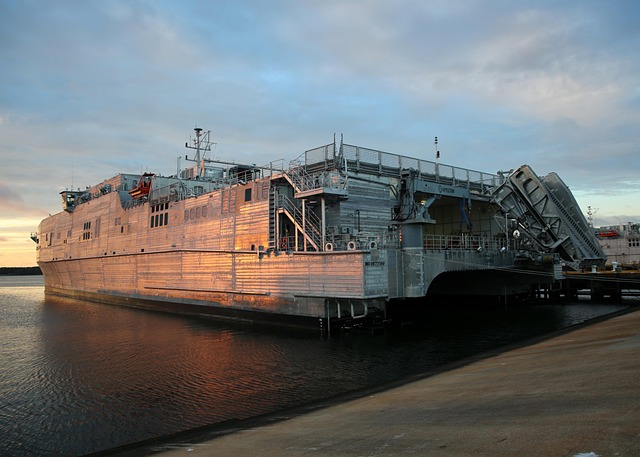
Connection Pipe: An Overview
The connection pipe is a fundamental component in plumbing systems, serving as a crucial link between various pipes and fittings. Its primary function is to facilitate the flow of liquids or gases from one point to another, ensuring that systems operate efficiently and effectively. Understanding the types, applications, and specifications of connection pipes is essential for anyone involved in plumbing or construction.
Types of Connection Pipes
Connection pipes come in various materials and configurations, each suited for specific applications. The most common types include:
- PVC Pipes: These are widely used in residential plumbing due to their lightweight nature and resistance to corrosion. PVC pipes are ideal for cold water applications.
- PEX Pipes: Cross-linked polyethylene (PEX) pipes are flexible and easy to install. They are suitable for both hot and cold water systems and are increasingly popular in modern plumbing.
- Galvanized Pipes: Made from steel coated with zinc, galvanized pipes are known for their durability and resistance to rust. They are often used in older buildings.
- Black Pipes: Typically used for gas lines, black pipes are made of steel and are known for their strength and ability to withstand high pressure.
- Polyethylene Gas Pipes: These pipes are specifically designed for gas distribution and are resistant to various chemicals.
Importance of Pipe Fittings
Pipe fittings, also known as pipe connectors, play a vital role in the functionality of connection pipes. They are used to attach one pipe to another, allowing for the extension of the plumbing system or the alteration of flow direction. The following are key types of pipe fittings:
- Elbows: Used to change the direction of the pipe, elbows are available in various angles, typically 90 or 45 degrees.
- Tees: These fittings allow for the branching of pipes, enabling the connection of three pipes at a single junction.
- Couplings: Couplings are used to connect two pipes of the same diameter, effectively extending the length of the plumbing system.
- Reducers: These fittings are designed to connect pipes of different diameters, facilitating a smooth transition in flow.
- Caps: Caps are used to seal the end of a pipe, preventing any flow from exiting.
Sizing Standards and Specifications
Proper sizing of connection pipes and fittings is crucial for maintaining optimal flow rates and pressure within a plumbing system. Most connection pipes have openings of the same size on each end; however, some fittings are designed with different-sized openings to accommodate transitions between pipe sizes. Adhering to established sizing standards ensures compatibility and reduces the risk of leaks or system failures.
Applications of Connection Pipes
Connection pipes are utilized in a wide range of applications, including:
- Residential Plumbing: Connection pipes are essential for delivering water to faucets, showers, and appliances.
- Commercial Buildings: In larger structures, connection pipes facilitate the distribution of water and gas throughout the facility.
- Industrial Applications: Connection pipes are used in various industrial processes, including chemical manufacturing and waste management.
- Gas Distribution: Black and polyethylene gas pipes are critical for safely transporting natural gas to residential and commercial users.
Conclusion
In summary, connection pipes and their associated fittings are integral components of plumbing systems. Understanding the types, applications, and specifications of these elements is essential for ensuring the efficiency and safety of water and gas distribution systems. Proper installation and adherence to sizing standards can significantly enhance the performance and longevity of plumbing infrastructures.

















 Elevate Your Dining Experience with Stylish Serving Dishes
Elevate Your Dining Experience with Stylish Serving Dishes 
 Health
Health  Fitness
Fitness  Lifestyle
Lifestyle  Tech
Tech  Travel
Travel  Food
Food  Education
Education  Parenting
Parenting  Career & Work
Career & Work  Hobbies
Hobbies  Wellness
Wellness  Beauty
Beauty  Cars
Cars  Art
Art  Science
Science  Culture
Culture  Books
Books  Music
Music  Movies
Movies  Gaming
Gaming  Sports
Sports  Nature
Nature  Home & Garden
Home & Garden  Business & Finance
Business & Finance  Relationships
Relationships  Pets
Pets  Shopping
Shopping  Mindset & Inspiration
Mindset & Inspiration  Environment
Environment  Gadgets
Gadgets  Politics
Politics 